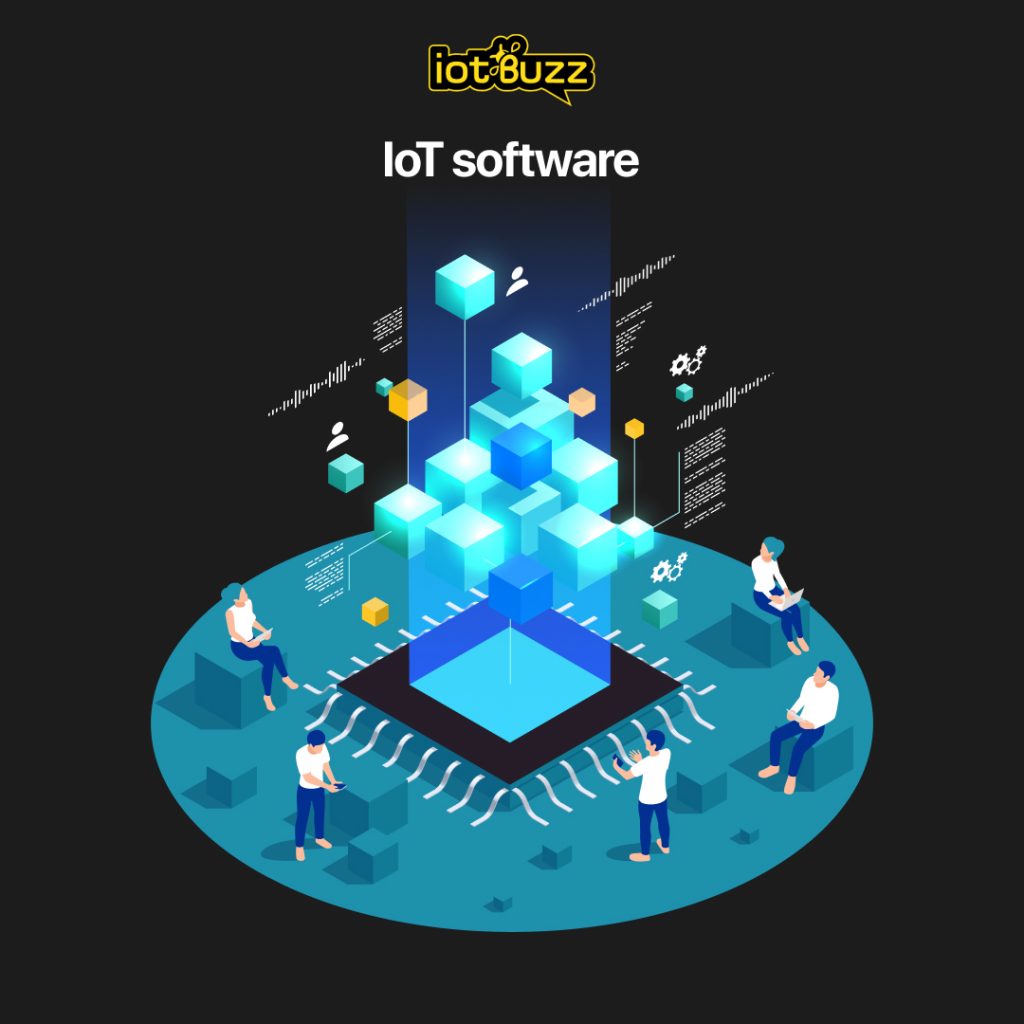
IoT is here to stay
Computing devices, machines, objects, animals, or even people can be connected via a network. This allows for information to be transferred without requiring human-to-human or human-to-computer interaction.
This system of interrelated things is what forms the Internet of Things (IoT).
And, IoT isn’t a futuristic concept anymore. We are all used to IoT devices being connected via a Wi-Fi-enabled network. From air conditioners to garage doors to cattle being fed—the list is endless.
Internet-enabled IoT devices make our lives convenient. In fact, many learn the patterns in our preferences and shape our experiences accordingly.
What does this tell us about the future?
A lot.
According to Knud Lasse Lueth, CEO of IoT Analytics, there will be approximately 27 billion connected IoT devices by the year 2025.
Soon enough, more and more everyday devices would become IoT devices. This isn’t far-fetched given how these devices are getting smarter by the day. Our recent podcast was on smart coffee mugs!
IoT and entrepreneurial opportunities
There is a need for technologies that cater to the needs of ever-advancing connectivity, data management and even the rise of AI.
It is critical for businesses in the tech industry to take note of how things are changing.
The rapidly evolving Internet of Things is where many opportunities lie for players with IoT exposure.
Being able to think creatively and innovate about the evolving technologies will be crucial in being able to shape the market and preferably succeed.
For IoT deployment, an intricate set of technical elements are required.
Each element is an opportunity to embark on an entrepreneurial journey.
The elements of opportunity
In a nutshell, the elements could be one or many of the following:
- IoT device that connects wirelessly to a network, interacts with other devices and sensors, and shares and receives data
- IoT sensors that collect and analyse data from a particular environment
- IoT network connection for real-time data tracking and responses
- IoT cloud vs. cloudless IoT depends on what you want and how much privacy you value
- IoT software that receives data analysis from the field of IoT devices and makes those insights available to users
Let’s look at these in detail

1. IoT Devices
IoT devices are the primary physical objects connected to the system.
These are non-standard computing devices that connect wirelessly to a network. Such devices have the ability to transmit data.
IoT devices are embedded with technology that allows them to communicate and interact over the internet. They can also be remotely controlled and monitored.
IoT devices exist at consumer, enterprise and industrial levels and serve the growing technological needs of customers.

2. IoT Sensors
IoT sensors are everywhere. They are an integral part of the IoT ecosystem.
In simple terms, sensors are devices that detect and respond to changes in an environment. They take input from a variety of sources and then output valuable information.
When connected to a network, these sensors share data with other connected devices and management systems.
IoT platforms use sensors to collect and share data with a whole network of connected devices. That makes it possible for devices to function autonomously.

3. IoT Network Connection
Connecting things to the internet is at the core of IoT.
When it comes to the Internet of Things, there are an overwhelming number of connectivity types.
Cellular, satellite, Wi-Fi, Bluetooth, RFID, NFC, LPWAN, and Ethernet are all possible ways to connect a sensor/device.
IoT connectivity is a collective term for methods used to connect IoT devices.

4. IoT Cloud Vs Cloudless IoT
Cloud is another integral element of the Internet of Things.
The backend logic of an IoT system runs in the cloud because of reasons like data storage, computation, remote access, access control, data cross-referencing, application integration and security updates.
Any could-based system may become unavailable if the cloud goes down. Thus, the cloudless IoT allows for stability, data privacy and security.
Sometimes, your IoT device would need the cloud. Sometimes, it may be based on a cloudless solution.

5. IoT Software
IoT software is the enabling technology that controls data collection and communication in any connected device.
The software can provide real-time data that computers and applications can transform and present as information.
IoT software addresses its key areas of networking and action through platforms, embedded systems, partner systems, and middleware. These applications are responsible for data collection, device integration, real-time analytics, and application and process extension within the IoT network.
Final thoughts …
There is more to the IoT ecosystem than meets the eye.
What can be seen is the limitless potential it has in the coming days.
If you want to make use of the opportunity and think that you will develop the next IoT solution, reach out to us at Aerion Technologies and CRINNAC because our collaboration gives you the perfect one-stop solution for transforming your ideas into a successful product.
As an entrepreneur or a start-up founder, remember that each element of the IoT ecosystem has so much potential and value for you to embark on that entrepreneurial journey.
Let’s make the next big thing together, shall we?







